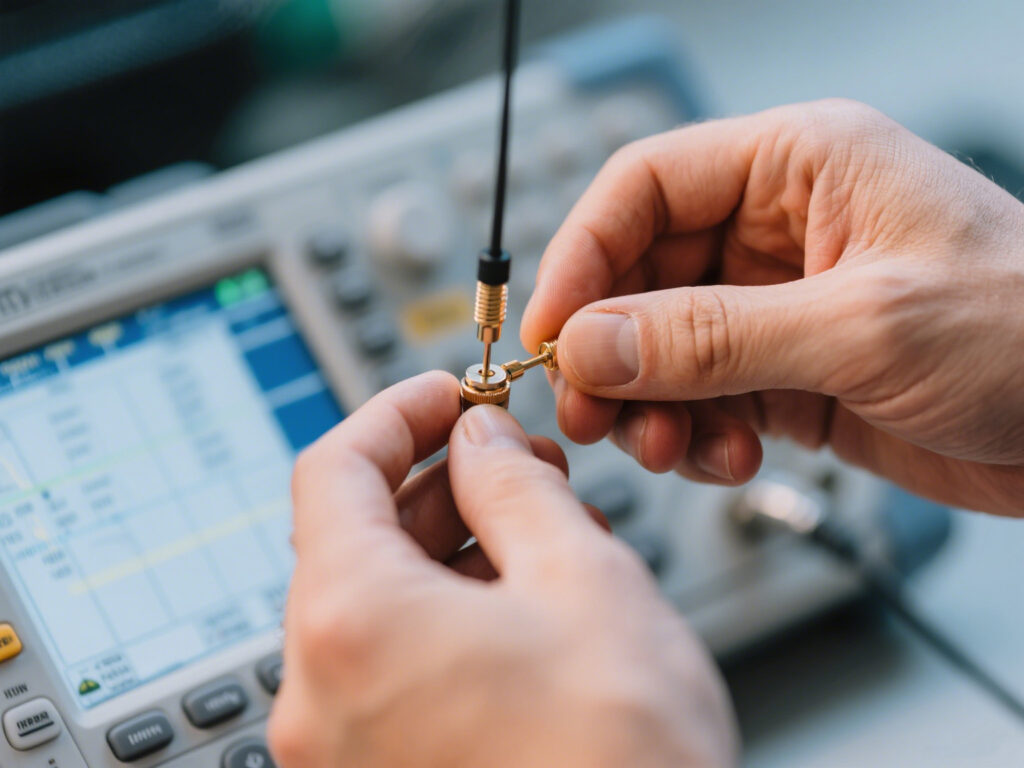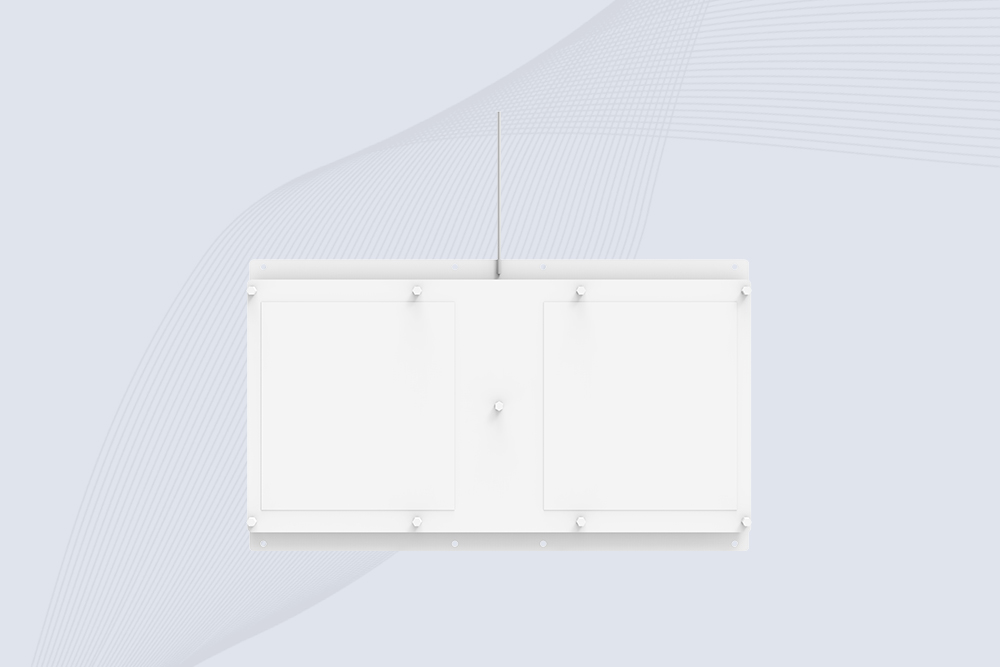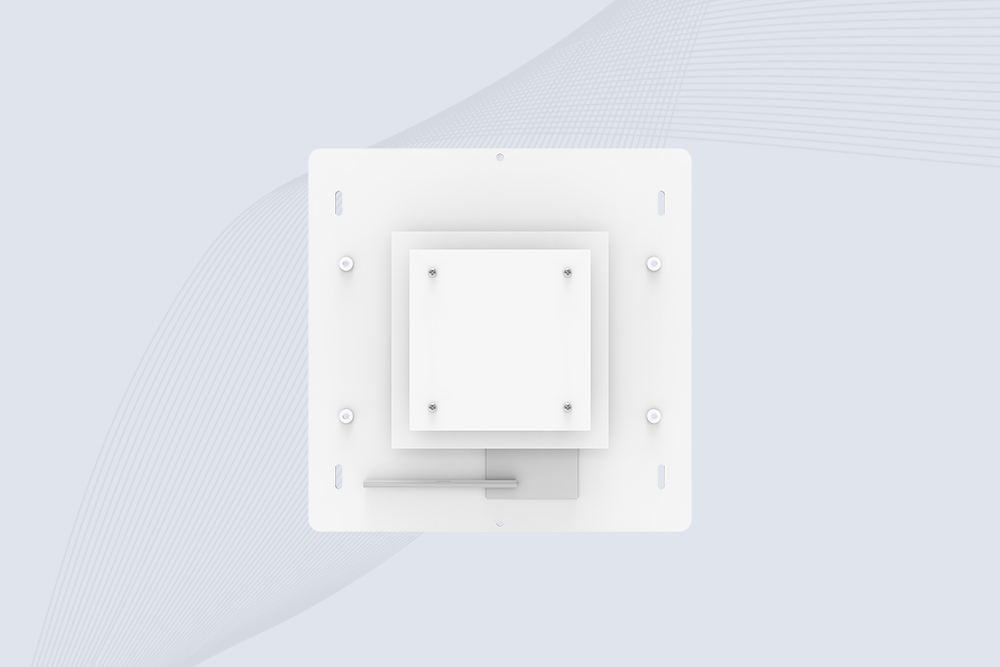How Handheld RFID Scanners Cut Shipping Errors in Logistics Operations
397Discover how handheld RFID scanners reduce shipping mistakes, improve accuracy, and streamline logistics workflows. Learn best practices for implementation.
MoreAll RFID Product
When I first got into RFID antenna design, I thought it was as simple as “draw a copper trace, pick a frequency, tweak a little.” My first prototype PCB looked fine in the lab, but once deployed on-site, the read range was instantly cut in half. Only later did I realize that between textbook formulas and the real world lies a battlefield of electromagnetic interference, material tolerances, and soul-crushing tuning sessions.
There’s no one-size-fits-all RFID antenna. You start by selecting the operating band (HF, UHF, or microwave), then reverse-engineer the antenna type based on the application.
For example, a UHF system for warehouse shelving often works better with directional antennas, while access control or library inventory might require near-field antennas.

In one project, I completely overlooked reflections from metal shelving—tag detection rates plummeted. I ended up adding absorbing materials to patch the problem, but it was an expensive lesson.
Many beginners ignore impedance matching between the antenna and chip (or reader). That magic “50 Ω” isn’t set in stone—once antenna geometry, PCB dielectric constant, or soldering quality changes, the matching point drifts.
I always sweep the S11 curve with a VNA to locate the resonance point, then fine-tune with small capacitors or by trimming copper traces. It’s like peeling a potato—cut too much, and you have to start over.
Different substrates (FR4, Rogers, etc.) greatly impact frequency stability. FR4 is cheap but has noticeable loss at UHF, making it better for cost-sensitive projects with modest range requirements. High-performance substrates are painfully expensive, but worth it in high-speed, multi-tag environments.
During manufacturing, copper thickness, etching precision—even silkscreen ink thickness—can cause small but deadly deviations.
Lab conditions only prove your antenna might be perfect in a vacuum. In the real world—full of metal, water, and temperature swings—performance can change instantly.

I usually bring two sets of gear to the site: a standard reader for baseline testing, and a portable VNA for quick adjustments. When fine-tuning range, I mark distances directly on the floor with a marker pen to avoid “eyeball illusions” messing with my judgment.
RFID antenna design is a constant balancing act between formulas, hands-on experience, and real-world fieldwork.
Simulation can give you gorgeous curves, but the real project success often comes down to a screwdriver on-site, a last-minute copper trim, and your willingness to squat between warehouse shelves for hours.

Cykeo CK-A11 UHF RFID reader antenna delivers 11dBi gain, 840-960MHz frequency range, and IP65 ruggedness for retail, logistics, and industrial RFID systems. Features low VSWR and easy installation.

Cykeo CK-A10A industrial antenna RFID reader delivers 20m+ range, 902-928MHz auto-tuning, and IP67 protection for logistics/manufacturing RFID systems.

Cykeo CK-PHF3 industrial HF RFID Antenna offers 24-point dynamic tracking, ISO 14443A/15693 protocols, metal-environment stability for archives/libraries/manufacturing.

Cykeo CK-A5B industrial Linear RFID Antenna delivers 5dBi gain, ≤1.5:1 VSWR, and IP65 rugged design for warehouse, production line, and logistics UHF systems.
Discover how handheld RFID scanners reduce shipping mistakes, improve accuracy, and streamline logistics workflows. Learn best practices for implementation.
MoreLearn how to resolve RFID handheld scanner connectivity issues. Follow step-by-step fixes for Bluetooth, Wi-Fi, and hardware problems with Cykeo’s troubleshooting tips.
MoreLearn how RFID works, its key components, and real-world applications. Discover Cykeo’s RFID solutions for industries like retail, healthcare, and logistics.
MoreLearn proven strategies to minimize RFID tag read errors in fixed reader systems. Discover Cykeo’s best practices for antenna placement, signal optimization, and environmental adjustments.
More